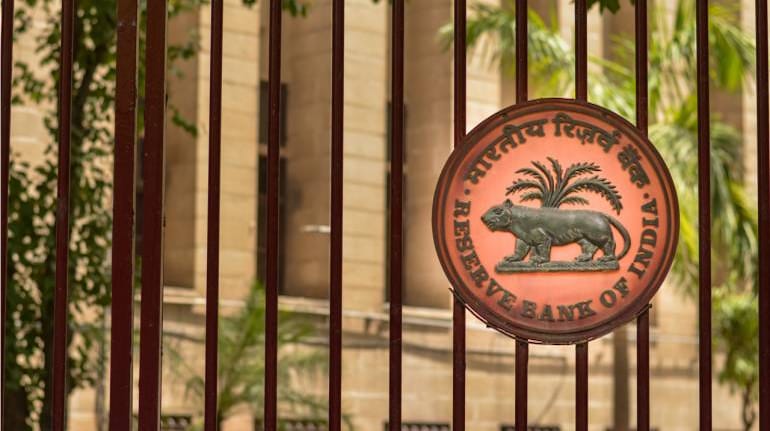



Globally, inflation has become a hot potato. Crude oil prices have surged and the prices of other commodities, too, are elevated. Major central banks, from the US Federal Reserve to the Bank of England, are preparing to navigate the accelerating price increases. But India’s central bank is staying cool.
The Reserve Bank of India (RBI) estimates headline retail inflation to average 4.5 percent in FY23. The central bank believes that consumer price index (CPI) inflation will be elevated in the first six months of FY23, but progressively slide to 4 percent in the third quarter and 4.2 percent in the fourth. This assumes a normal monsoon this year and an undisclosed crude oil price level.
CPI inflation was an uncomfortably high 5.59 percent in December, although it was lower than the average of around 6 percent in FY21. Several private forecasters have projected inflation to be 5 percent or above in FY23. What gives the RBI the comfort that the pace of inflation would be slower?
The biggest contributor to inflation has been fuel, the domestic price of which is derived from international crude oil prices. Brent crude oil is currently hovering close to $90 per barrel, an almost 30 percent rise in under two months. India is a net importer of oil and crude permeates through almost every sector of the economy.
The RBI’s inflation projection of 4.5 percent seems fraught with risk in the light of this. But Governor Shaktikanta Das said the central bank had considered various global oil price scenarios before arriving at its projection.
“Our inflation forecasts are benchmarked to international crude oil prices. At this moment, let me say various crude oil prices have been taken into consideration before arriving at this forecast,” he said at his media interaction after the monetary policy announcement.
While we would come to know of the assumed crude oil price only in April through the RBI’s monetary policy report, economists believe the assumption would be far lower than the current price level.
The central bank had assumed oil prices to average $75 per barrel during the second half of the current year in its projection of 5.3 percent inflation for FY22.
The second big factor that the RBI is banking on is modest food price inflation. Indeed, India has been able to keep a lid on food inflation although globally food prices have surged.
Some deft supply-side management by the government and robust farm output have kept food prices under check. Barring the seasonal flare-ups, prices of perishables such as vegetables and fruits have remained benign. Above-average rabi crop output is expected to keep prices under check. Food price inflation was 4 percent in December.
Finally, the RBI is hoping that weak demand conditions will keep companies from increasing prices of their goods and services and check core inflation, which excludes food and fuel.
To be sure, the RBI has said that core inflation remains elevated and this is the only part of inflation that has bothered the central bank. Core inflation has remained sticky around 5 percent so far this year. Inflation in services has increased in tandem with the gradual relaxation of restrictions that followed the third wave of the pandemic.
That said, many contact-intensive services are still battling weak demand. Citing its own surveys, the RBI said price hikes by companies had slowed, indicating subdued pass-through of raw material costs.
The central bank’s conviction on inflation would be put to test in the coming months on all the above factors. Oil prices remain volatile and predicting them would be futile given geopolitical uncertainties.
“We believe inflation pressures are higher than the RBI is estimating. One, global oil prices rose sharply in January, and are yet to make their way into domestic pump prices. Even without assuming a complete pass-through, we forecast CPI inflation at 5% in FY23,” Pranjul Bhandari, chief economist at HSBC, wrote in a note.
The food price inflation trajectory next year hinges on the monsoon and some food items are already showing signs of a pick-up in prices. Finally, companies are facing pressure on their margins and the pass-through of higher input costs is imminent.
As it becomes harder to play down inflation, the RBI may run the risk of having to hike rates faster at a later stage after leaving them unchanged on Thursday.
Discover the latest Business News, Sensex, and Nifty updates. Obtain Personal Finance insights, tax queries, and expert opinions on Moneycontrol or download the Moneycontrol App to stay updated!
Find the best of Al News in one place, specially curated for you every weekend.
Stay on top of the latest tech trends and biggest startup news.